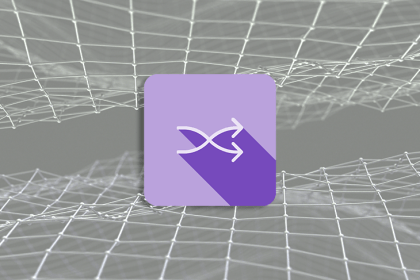
Escalation of commitment is a pattern of continuing to commit to the same strategy despite seeing evidence that the strategy isn’t working.

Social proof is the psychological mechanism that influences our decision making based solely on the feedback from others.

Using psychological principles and theories of behavior, we can design for how users behave. Learn more about behavioral design here.

We’ve compiled 12 of the best books every UX designer needs to read in 2023 to upskill and stay current with UX best practices.

Linear CEO Karri Saarinen made waves when he said his product teams “don’t do A/B tests.” While A/B testing can sometimes limit creative problem solving, it’s still a quick and inexpensive way to validate assumptions in many scenarios.

This article teaches you how to troubleshoot and solve common UX design problems you may encounter during your practice.

One great way to influence how your users navigate a page is by employing directional cues. Here’s how to use them effectively.

We sit down with Rich Lau to learn more about his “getting stuff done” management approach and his tips for providing customer context.

Let’s cover everything you need to know about one-tailed and two-tailed tests in UX design and when to use each for the best results.

The Start, Stop, Continue retrospective is one of the many retrospectives out there. What makes it unique, however, is its direct approach.

You don’t want customers to have to find your product. Instead, you want them to be part of its evolution from the start.

The Johari window is a psychological framework for identifying perceived attitudes, behavior, and habits of employees.